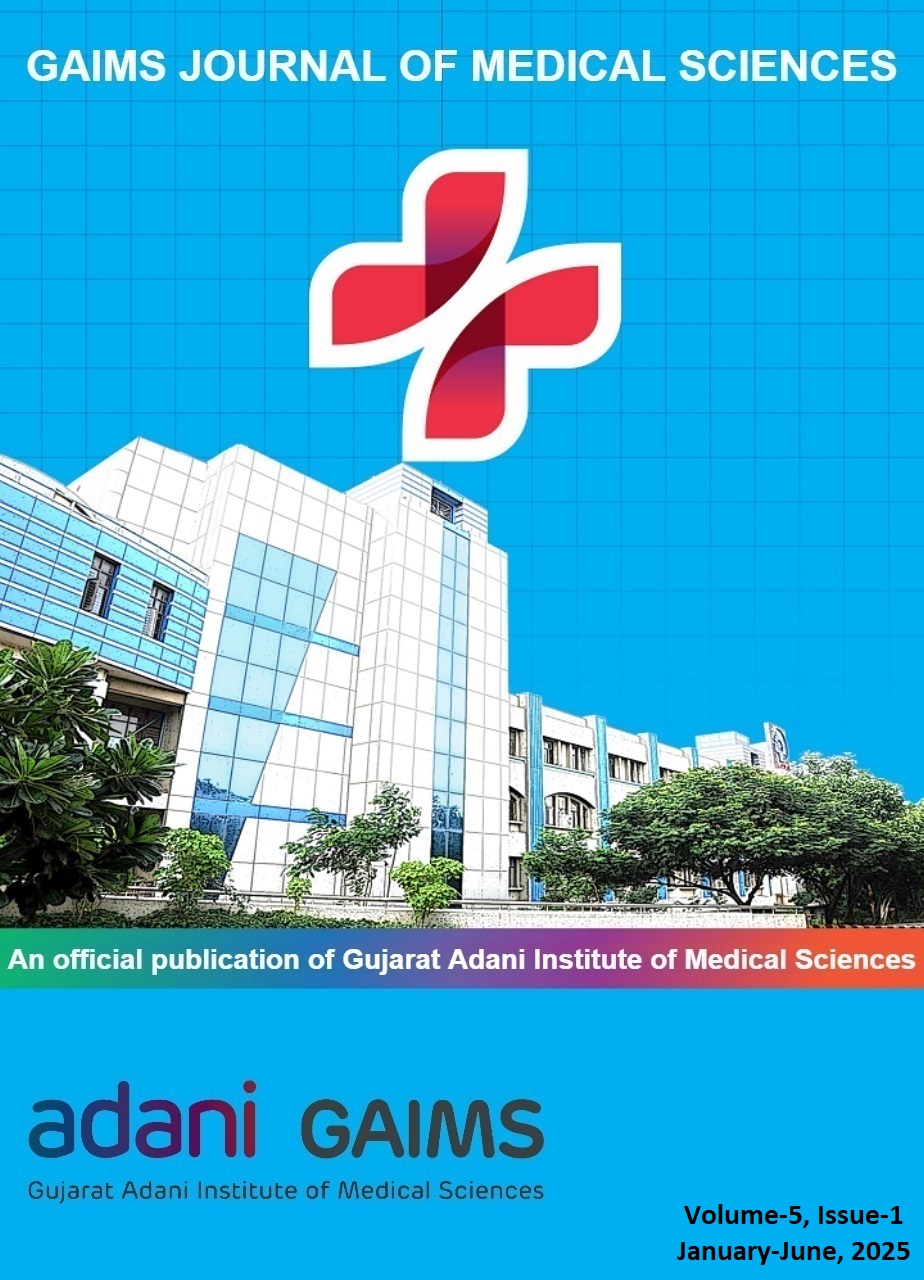The Analysis of Risk Factors for Periprosthetic Joint Infection in Indian Hospital Settings
Clinical Scoring System to Evaluate Risk of Periprosthetic Joint Infection
Keywords:
Arthroplasty, Periprosthetic Joint Infection (PJI), Risk FactorsAbstract
Background: Periprosthetic Joint Infection (PJI) is a nightmare for both patient and surgeon. Despite advances made in arthroplasty still incidence is 1-2%. Many of our understanding regarding PJI come from registry data. Despite performing large number of joint replacement surgeries there is a lack of optimal registry data from this part of world. We retrospectively analysed PJI data in four NABH accredited hospital of around 5370 patients and tried to identify common risk factors in them and proposed a clinical scoring system for assessing risk of PJI.
Materials and Methods: The study population was patients requiring surgical intervention in the form of arthroplasty. PJIs were defined as patients requiring procedure at the operated site within 2 years of index surgery. We retrospectively analysed patients’ data from hospital records and lab investigations done at the time of surgery.
Results: We found that statistical significant risk factor in our study were number of joint replacement performed, poor blood glucose and serum albumin, increase duration and complexity of surgeries, Rheumatoid Arthritis (RA), Chronic Kidney Disease (CKD) and chronic liver disease and use of allogenic blood transfusion. Relative risk (RR) of diabetes (RR 2.4), liver disease (RR 1.6), connective tissue and rheumatic diseases (RR 1.5), serum albumin (RR 2.1), allogenic blood transfusion (RR 2.3), Increase duration for surgery (RR2.1), CKD (RR1.3) was there with PJI.
Conclusions: Our research consistently identified the most significant risk factors for PJI across all cases. We propose a patient-based scoring system to estimate individual PJI risk. By addressing modifiable risk factors before joint replacement, we can potentially reduce the incidence of PJI.
Downloads
Published
Issue
Section
License
Copyright (c) 2024 Madhav Madhusudan Singh, Munish Sood, Akshay Kumar Sharma, Manish Parsad, Saurabh Mahajan, Kamparsh Thakur

This work is licensed under a Creative Commons Attribution-NonCommercial-ShareAlike 4.0 International License.








